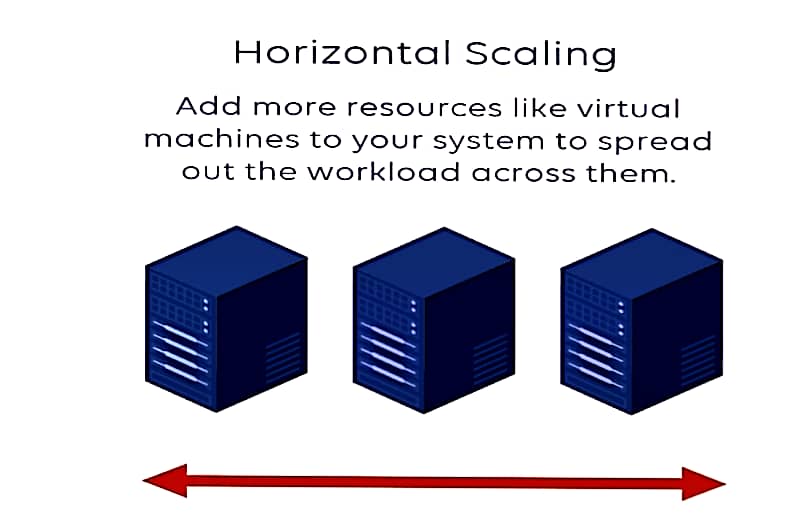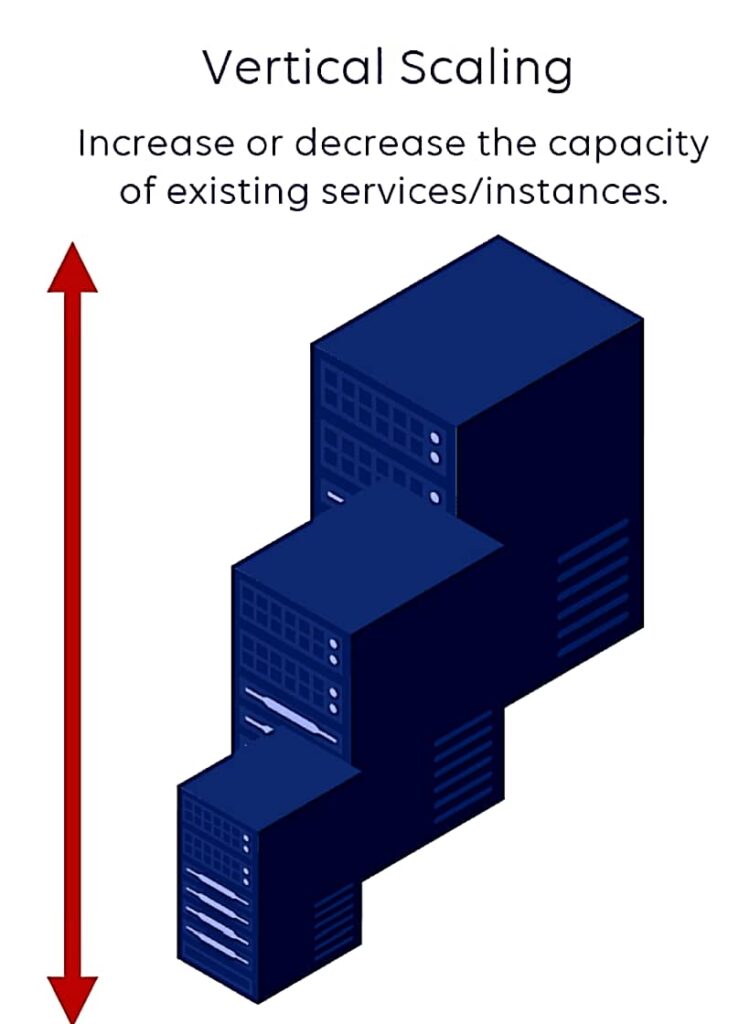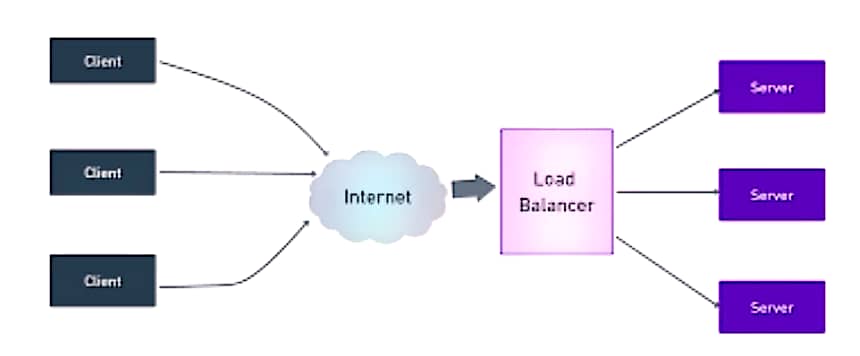Query features in NoSQL databases refer to the capabilities and tools provided by these databases to retrieve and manipulate data.
NoSQL databases are diverse, and the query features vary depending on the database type (e.g., document-oriented, key-value, column-family, graph), but there are common query capabilities that are often supported.
Here are some query features in No SQL databases along with examples:

1. Key-Value Queries:
Feature: Retrieving data by specifying a key.
Example: In a key-value store, you can query by key to get values associated with specific keys. For instance, GET operation in Redis to retrieve values based on keys.
2. Range Queries:
Feature: Selecting a range of data, such as values between two keys or values that match a range of keys.
Example: In a key-value store, you can retrieve values for a range of keys, like getting all values with keys from “A” to “Z.”
3. Document Queries:
Feature: Querying data in document databases based on the content within documents.
Example: In MongoDB, you can query for documents that match specific criteria within their fields, like finding all customers with a particular city in their address field.
4. Secondary Indexes:
Feature: Creating and querying secondary indexes to access data efficiently based on attributes that are not primary keys.
Example: In Cassandra, you can create secondary indexes on non-primary key columns to query data based on those columns.
5. Full-Text Search:
Feature: Searching for text within documents, including support for text indexing and searching.
Example: Elasticsearch and Solr are popular NoSQL databases that excel at full-text search, enabling powerful text-based queries.
6. Geospatial Queries:
Feature: Querying data with geospatial dimensions, allowing you to search for objects based on their physical location.
Example: In MongoDB, you can perform geospatial queries to find restaurants within a certain radius of a specific location.
7. Graph Traversal:
Feature: Traversing and querying data in a graph database to identify relationships and patterns.
Example: In Neo4j, you can query for relationships between nodes to find connections, e.g., finding friends of friends in a social network.
8. Aggregation and MapReduce:
Feature: Aggregating data and performing custom computations on large datasets.
Example: MongoDB supports aggregation pipelines that allow you to group, filter, and perform complex computations on documents.
9. Joins and Relations:
Feature: Navigating and querying relationships between entities in a document or graph database.
Example: In a document database, you can query related documents within a collection or even across collections if supported.
10. ACID Transactions:
Feature: Ensuring data consistency through atomic, consistent, isolated, and durable transactions.
Example: In some NoSQL databases like Couchbase and Aerospike, you can perform transactions across multiple records while maintaining ACID properties.
Scaling
Scaling in NoSQL databases refers to the ability of a NoSQL database system to efficiently handle a growing amount of data or increased load by adding more hardware resources or nodes.
NoSQL databases are designed to be highly scalable, making them a good choice for applications that require handling large volumes of data or high traffic loads.
There are several approaches to scaling in NoSQL databases, and I’ll explain a few of them with examples:
Horizontal Scaling (Sharding): Horizontal scaling involves distributing data across multiple servers or nodes, which is often referred to as sharding.

Each shard holds a portion of the data, and by adding more shards, you can increase the database’s capacity.
This approach is common in many NoSQL databases, such as MongoDB and Cassandra.
Vertical Scaling: Vertical scaling involves adding more resources (CPU, memory, storage) to a single node to handle increased load.

While NoSQL databases are designed for horizontal scaling, vertical scaling can be useful for temporary load spikes or when you’re reaching the limits of a single server’s capacity.
Load Balancing: Load balancing involves distributing client requests across multiple database nodes to evenly distribute the workload.

NoSQL databases are a diverse group of database management systems designed to handle a wide range of data types and varying workloads.
Here are some common use cases and examples of when NoSQL databases are suitable:• Content Management Systems (CMS):
Use Case: Storing and managing web content, metadata, and user data for dynamic websites.
• Real-Time Analytics:
Use Case: Processing and analyzing large volumes of data in real-time for monitoring, reporting, and business intelligence.
• E-commerce Systems:
Use Case: Handling product catalogs, user profiles, and order data for online shopping platforms.
• User Profiles and Personalization:
Use Case: Storing and managing user profiles, preferences, and behavioral data to offer personalized experiences.
• IoT Data Management:
Use Case: Collecting, storing, and analyzing data from Internet of Things (IoT) devices.
• Graph Data and Social Networks:
Use Case: Modeling and querying complex relationships, such as social network connections and recommendations.
• Caching and Session Management:
Use Case: Accelerating data retrieval by caching frequently accessed data and managing user sessions.
